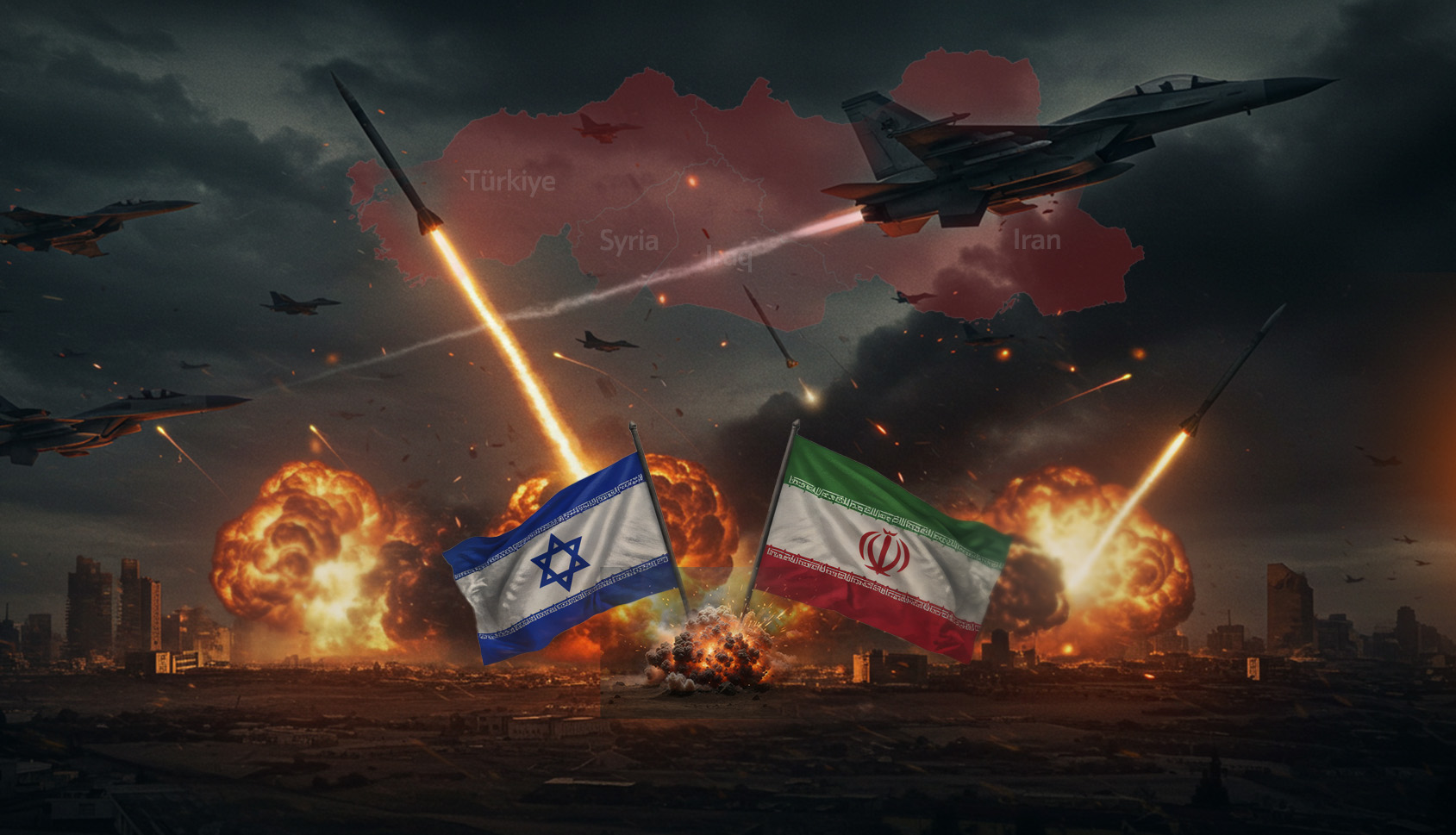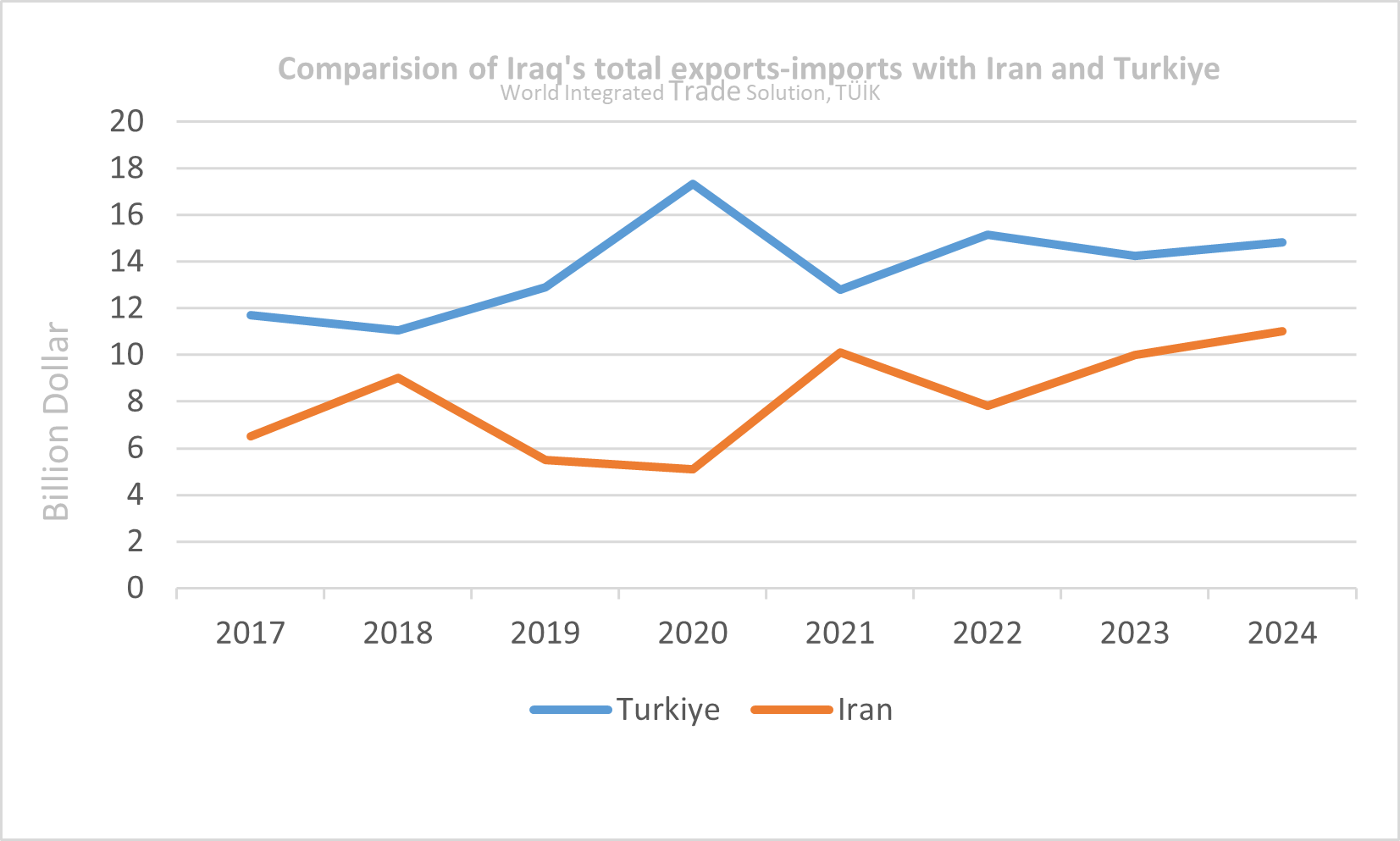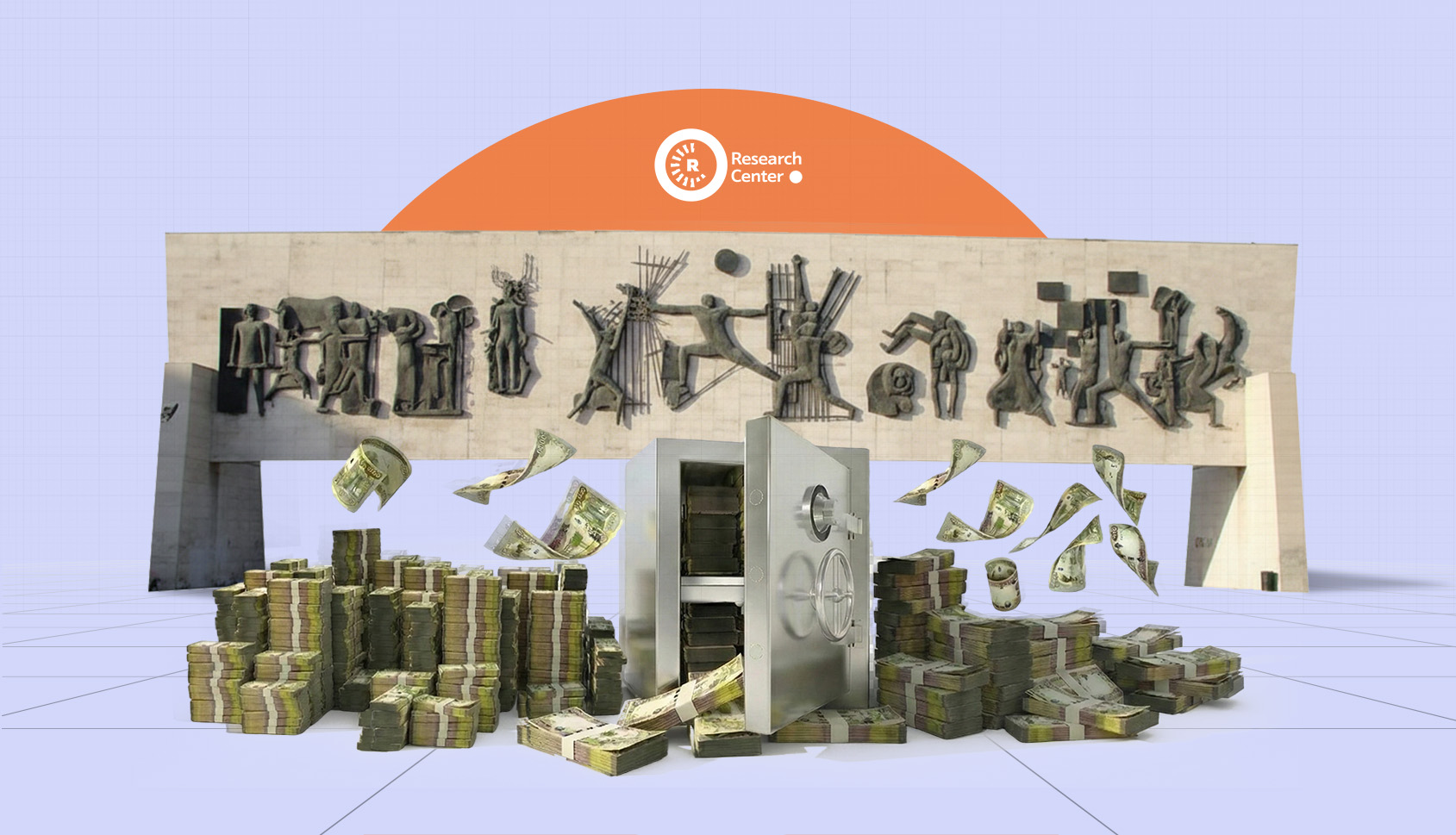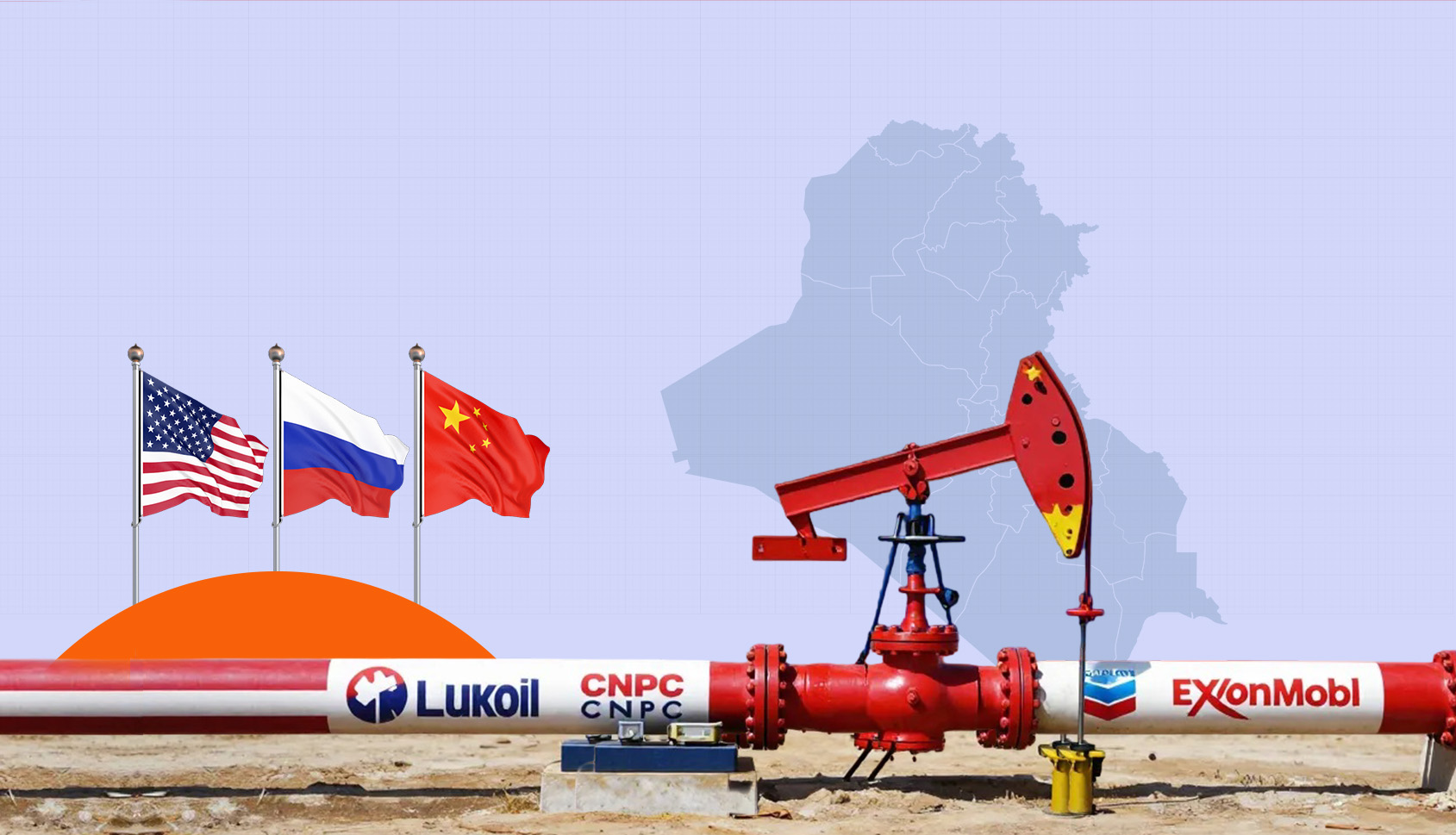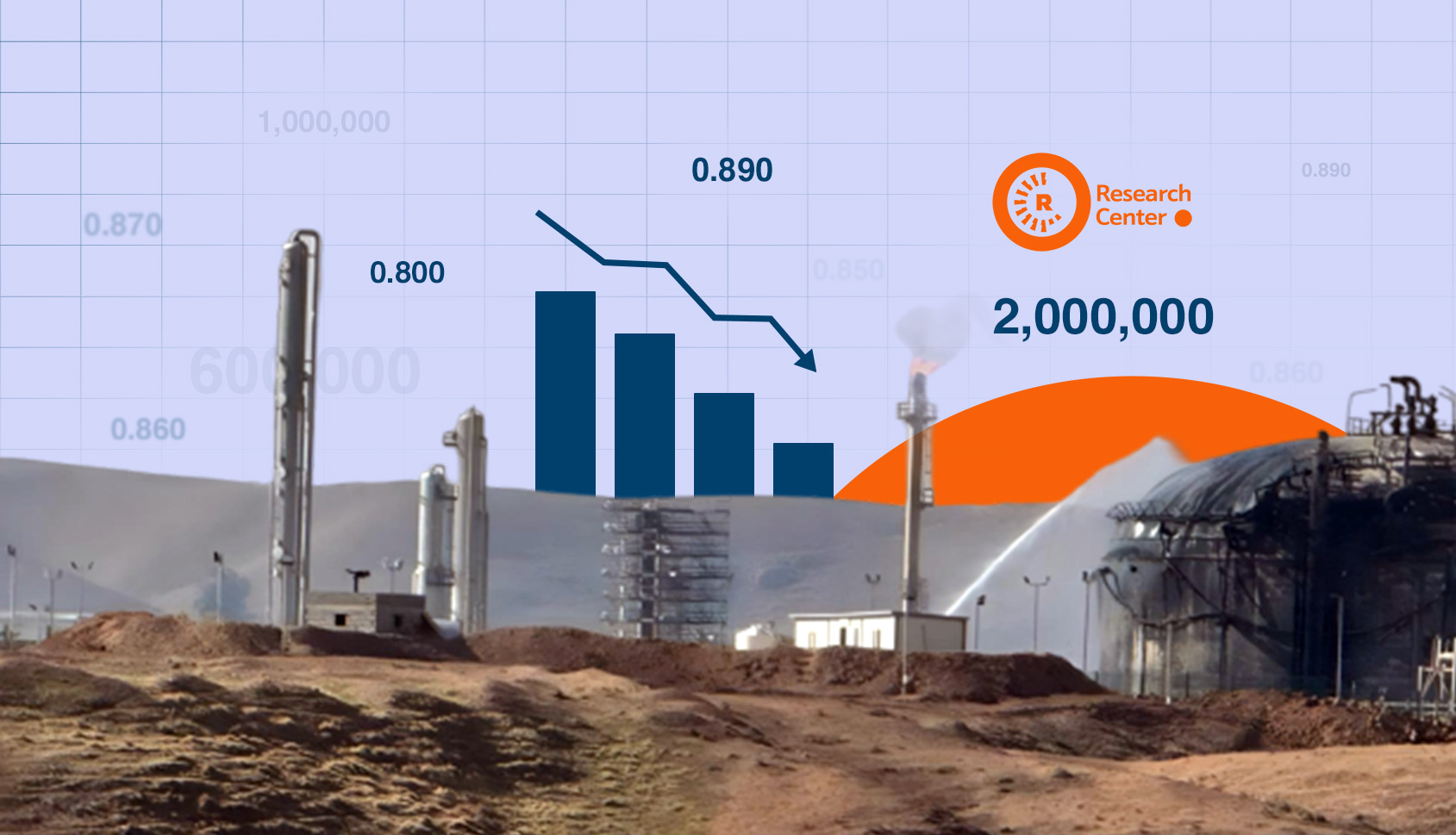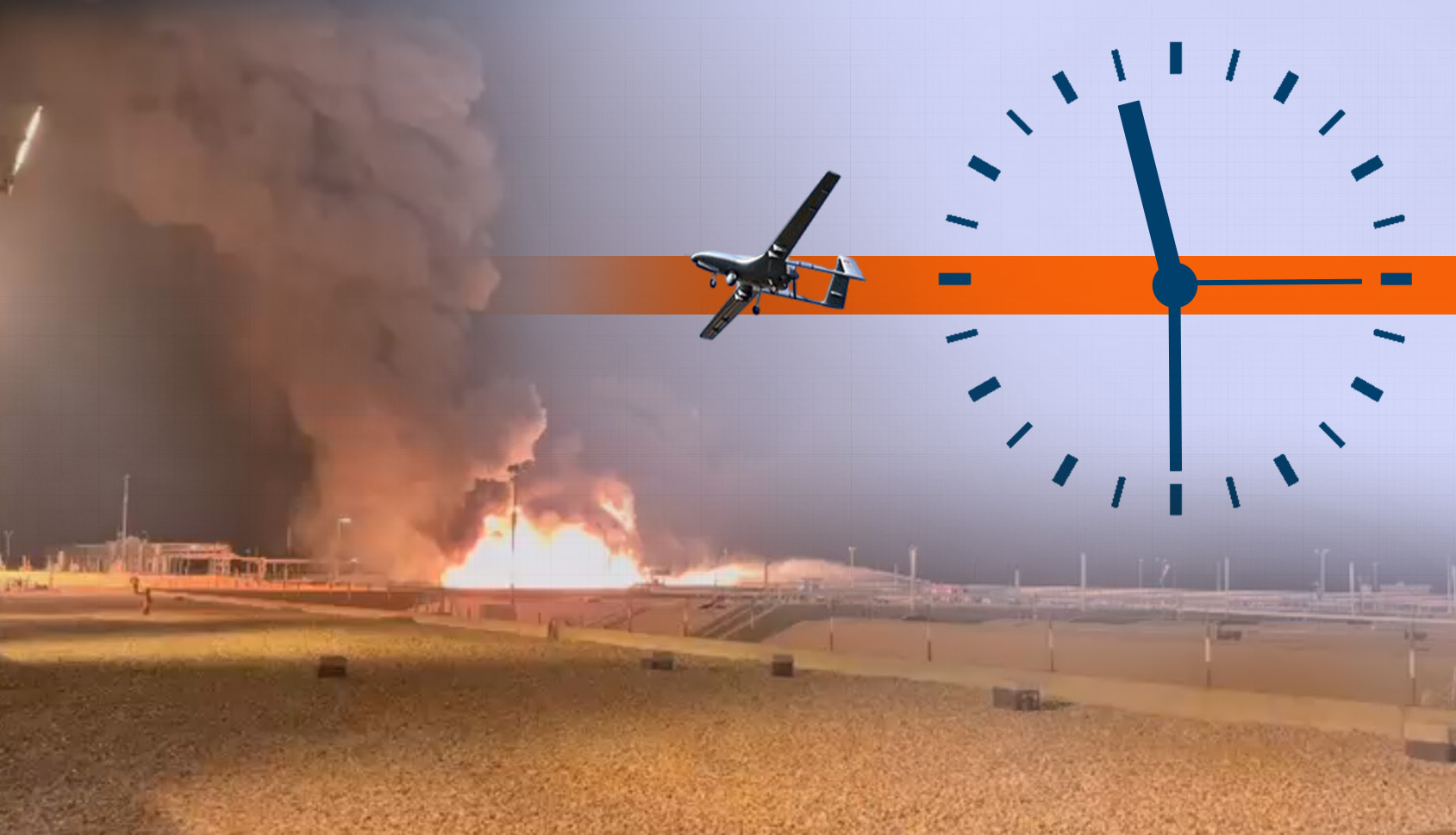Overview
Undoubtedly, the 12-day Israel–Iran war stands as one of the most consequential events of the first quarter of the 21st century, with the potential to reshape both the economic landscape and the political-security dynamics of West Asia. Much like the Six-Day Arab–Israeli War of 1967, which extended beyond mere territorial occupation, the 12-day conflict between Iran and Israel was not solely about missile exchanges and nuclear ambitions.
Beyond the overt military dimensions, the war was also aimed at strategically distancing Tehran from its deepening ties with China and Russia, while simultaneously curbing the expansion of the pan-Shia movement led by Iran. In this sense, the conflict served a role analogous to that of the 1967 war, which effectively halted the rise of the pan-Arab movement spearheaded by Gamal Abdel Nasser and supported by Moscow.
Regardless of whether it is referred to as "Operation Rising Lion," "True Promise," or "Midnight Hammer," it is evident that this war is quietly transforming the regional landscape. Syria appears to be entering a new phase aimed at establishing the foundations of governance, while the regional influence of both Turkey and the Gulf states is expanding. In parallel, the issue of PKK disarmament has progressed into a new stage, influenced by the broader consequences of the conflict.
Moreover, the war has turned Iraq and the Kurdistan Region into arenas for two major regional rivalries. On one front, these areas have become a battleground for military competition between Iran and Israel, a dynamic that has pushed Iraq’s internal situation to the edge of crisis—where "unknown drones" have emerged as key players in shaping the security environment. On another front, Iraq is increasingly becoming a site of strategic contention between Turkish and Iranian interests.
Additionally, the war—and even the anticipation of it—has compelled Turkey to quietly engage in a discourse aimed at redefining its nation-state identity, particularly through the rhetoric of Turkish–Kurdish brotherhood. Simultaneously, within Iran, a growing debate between the ultra-conservative faction and other elements of the political elite reflects yet another dimension of the war’s subtle but enduring influence—an influence that appears likely to persist.
Iraq Between the Hammer of War and the Anvil of Rivalry
Iraq’s current situation appears increasingly precarious as the country approaches elections under the shadow of both ongoing regional conflict and intensifying geopolitical rivalry—developments that may, as in previous instances, prove decisive for its future. In relation to the recent war, Iraq has formally protested the violation of its airspace sovereignty; however, this issue is only one dimension of a broader and more complex set of challenges. On the day the conflict ended, two of Iraq’s radar systems were destroyed, and in the days that followed, unidentified drones have emerged as a growing security concern, appearing in areas ranging from Kirkuk to Sulaymaniyah and Dohuk. The Iraqi government is currently conducting investigations to determine the origins of these incursions.
While some have speculated that ISIS may be responsible, this theory does not align with the group’s current limited military and organizational capabilities. In reality, only three regional actors possess the capacity to conduct such drone operations across the Kurdistan Region and Kirkuk: Turkey, Iran and affiliated “resistance” groups, and Israel. At a time when the world is closely monitoring the PKK disarmament negotiations, it is unlikely that Turkey would risk undermining the process, especially since the nature and targets of the drone activity do not suggest Turkish involvement.
Both Iran and Israel remain highly sensitive to the strategic positioning of the Kurdistan Region and Iraq more broadly. Contrary to prevailing assumptions, the Kurdistan Region adopted a stance of silent neutrality during the recent conflict. However, this neutrality has failed to satisfy either Iran or Israel, each of which interprets the Region's posture through its own security and strategic lens. Whether war resumes or not, the Kurdistan Region’s geographic and strategic location renders it critically important to the offensive and defensive calculations of both parties.
At this stage, the identity of the actors behind the drone incidents remains unknown. Nonetheless, the prevailing interpretation is that these incidents constitute strategic signaling—intended more as a message than as direct acts of aggression or destruction. The ambiguity surrounding these developments underscores the fragile and volatile security environment in which Iraq now finds itself—caught between the hammer of regional warfare and the anvil of great-power rivalry.
Another point is that the possibility of Iraq being caught up in war due to the balance of power in the region is always open, because Iraq is important to Iran to protect its last regional bastion, but it's also important to Israel to keep a gateway to reach Iran open and prevent a problem from forming through Iraq. It seems that in the future, beyond security and military matters, Iraq will increasingly become a field of economic competition and influence between Turkey and Iran, and this will translate into political tension.
In recent years, Iran has increasingly focused on developing its economic relations with Iraq and the Kurdistan Region. In 2020, Iran's trade volume with Iraq did not reach $6 billion, while Turkey positioned itself at around $17 billion. Since then, it has continuously tried to turn toward the Iraqi market, to the extent that in 2024 it reduced its gap with Turkey. Iran's economic losses after the fall of Bashar al-Assad are estimated at around $30-50 billion. It is estimated that the 12-day war also cost it between $24-35 billion. If international sanctions are to return by October 18, then it must grip the Iraqi market with teeth and claws, as it seems like the last resort for its economy. Mohsen Rezaee, former commander of the Revolutionary Guards, once said that we cannot fight wars for countries while their benefits go to other countries.
A Double-Six for Turkey and the Gulf, and an Opportunity for Syria
The recent conflict has elevated the regional prominence of both Turkey and the Gulf states. For these actors, the simultaneous weakening of Iran and Israel constitutes a strategic gain—akin to a “double six” in backgammon—provided that the hostilities remain confined within the borders of the two principal belligerents. At the same time, both Turkey and the Gulf countries are vying with Oman for the opportunity to host prospective negotiations between Iran and the United States—if such talks prove feasible.
From Turkey’s perspective, the Iran–Israel war represents the weakening of two of its major regional competitors. However, had the conflict intensified or triggered sudden political upheaval in Iran, it could have posed a direct threat to Turkish security. Despite this risk, the war appears to have drawn Turkey and the United States into closer alignment. The U.S. Ambassador in Ankara has publicly stated that Turkey might be readmitted into the F-35 fighter jet program. Additionally, Turkey was reportedly one of the few countries briefed by the United States shortly before Israel launched its attack.
It appears that Turkey has played—and possibly continues to play—a role in the diplomatic efforts to end the conflict. This includes mediating between Iran and the United States, as well as between Hamas and the U.S. In the event that an agreement is reached between Syria’s Sharaa faction and Israel, it would signify a potential normalization of relations between Turkey and Israel. Such a reconciliation would not only alleviate longstanding political and security concerns, but also facilitate more stable and reliable access to the Syrian market—particularly significant given the recent partial lifting of U.S. sanctions on Syria under the Trump administration.
The aftermath of the war has also encouraged Ahmad al-Sharaa to move closer to Israel, thereby strengthening his position and increasing his chances of consolidating political authority in Syria. This shift could signal broader transformations in the geopolitical dynamics of the region.
The Issue of PKK Disarmament
During the recent conflict, discourse emerged in both Turkey and among individuals affiliated with the Kurdistan Workers’ Party (PKK) regarding the possibility of replicating the Syria–Rojava scenario in Iran. This comparison references the context in which the Assad regime handed over control of Kurdish-populated areas to the PYD-YPG. However, this analogy is fundamentally flawed and arises from a misreading of Iran’s internal situation and the nature of the Kurdish question within its borders.
Assad’s primary motivation for withdrawing from Rojava and reaching an accommodation with the PKK was tactical rather than ideological. He sought to place a human shield between his regime and Turkish-backed opposition groups. This maneuver enabled him to avoid direct conflict while anticipating that he could eventually reclaim those areas, given that the Kurdish forces lacked geographical depth and the region’s topography was unsuitable for sustaining prolonged military resistance. In essence, Assad’s strategy was to sacrifice Kurdish forces for short-term security gains, and even at the lowest point of his regime’s power, he remained unwilling to formally recognize Kurdish identity.
Replicating this strategy in Iran is not feasible. Any armed group that establishes a presence in the Zagros Mountain chain would be extraordinarily difficult to dislodge due to the region's formidable terrain and strategic depth. Furthermore, these mountainous zones—along with the Alborz Mountains, Iran’s eastern deserts, and its southern maritime borders—form a critical geopolitical triangle. Compromising any of these strategic regions would unravel the country's military equilibrium and expose Tehran and the Iranian heartland to substantial vulnerability. As such, no rational political regime would willingly accept such a risk.
Nonetheless, the war appears to have yielded a significant strategic gain for Turkey, particularly in the context of the PKK disarmament issue. It is increasingly likely that the PKK's expectation of garnering enhanced regional support has diminished. It has long been an open secret that PKK disarmament has not aligned with Iran’s strategic interests, primarily due to security considerations. Since 1992, the PKK's presence along the borders has served, intentionally or otherwise, as a stabilizing force in terms of border security. Simultaneously, Turkey has historically feared that Iran might attempt to impose a Syrian-style situation on its own territory. However, in the aftermath of the 12-day conflict, Ankara appears to be approaching this matter with increased confidence and a sense of strategic ease.
In a notable recent development, the President of Turkey authorized the release of a Kurdish prisoner previously incarcerated for PKK membership. This act may signify an initial step toward advancing the broader process of PKK disarmament. The international community now awaits a symbolic gesture from the PKK, which, if forthcoming, could encourage the Turkish state to implement additional legal reforms anticipated by the end of the autumn season. While this process is likely to face fluctuations and setbacks, recent remarks by Devlet Bahçeli—leader of the Nationalist Movement Party (MHP)—acknowledging the concept of Kurdish–Turkish brotherhood represent a rare political recognition of Kurdish identity from a figure associated with Turkish nationalism.
Historically, Turkish presidents such as Turgut Özal and Recep Tayyip Erdoğan have made similar overtures. The current leader of the Republican People's Party (CHP), Turkey’s largest political party, has also echoed this sentiment. Collectively, these developments suggest a gradual shift that may contribute to redefining the Turkish nation-state identity. On the other side, the PKK, under the leadership of Abdullah Öcalan, has likewise moved away from territorial demands, signaling a significant transformation in its approach to the Kurdish issue.
Iran: From Geopolitical Confrontation to Domestic Political Discourse
The rise to power of the Islamic Republic in Iran represented not merely a domestic political shift but a profound geopolitical transformation. It disrupted a key pillar of the regional order previously led by the United States and its Western allies. That order, anchored by strategic alliances with NATO-member Turkey, Israel, the Gulf states, and the Shah of Iran, began to fracture with the establishment of the Islamic Republic. Iran ceased to be a U.S. ally, and between 1980 and the early 1990s, at least five significant armed groups emerged, three of which posed direct security challenges to both Turkey and Israel.
Despite these developments, the West and the United States were not overly concerned at the time. On one hand, they retained the capability to manage and contain the threats posed by these groups. On the other hand, Iran’s external relations with adversaries of the West had not yet matured into strategic partnerships that could undermine U.S. interests. However, this began to change after the 2000s and particularly in the aftermath of the Arab Spring. Iran’s regional influence expanded significantly. While Iranian officials framed this shift as part of an “Islamic Awakening,” its adversaries labeled it the “Shia Crescent.” In parallel, Iran advanced its military capabilities—especially in the domain of missile and drone technology—and, more critically, began to quietly abandon its long-held foreign policy doctrine of “Neither East nor West.”
This strategic reorientation was underscored by Iran’s 25-year cooperation agreement with China in 2021 and its 20-year agreement with Russia in 2025. Iran’s provision of drones to Russia, coupled with ongoing discussions about supplying ballistic missiles to Moscow, further signaled Tehran’s deepening alignment with Eastern powers. These developments, combined with the events of October 7, marked a significant turning point from the perspective of the United States and Europe. In their view, Iran had effectively become an “Eastern” power—an alignment that may well have been one of the underlying motivations for the 12-day war.
In the aftermath of the conflict, the discourse among Iranian diplomats has shifted toward efforts aimed at preventing a renewed outbreak of war. However, skepticism remains high among military officials regarding the sustainability of the fragile ceasefire currently in place. The future trajectory of regional stability will likely hinge on the positions adopted by China and Russia. Should Tehran, buoyed by support from these allies, resume uranium enrichment or distance itself from negotiations and compromise with Europe and the United States, the prospect of renewed conflict could resurface. The wars have a bilateral impact on the nature of states' policies - they either lead to some kind of opening or make them more closed. In the shadow of discussions about the possibility of war and non-war, there is now a heated debate between the ultra-conservative wing and other groups in power over domestic and foreign policy that seems likely to continue for a while.

